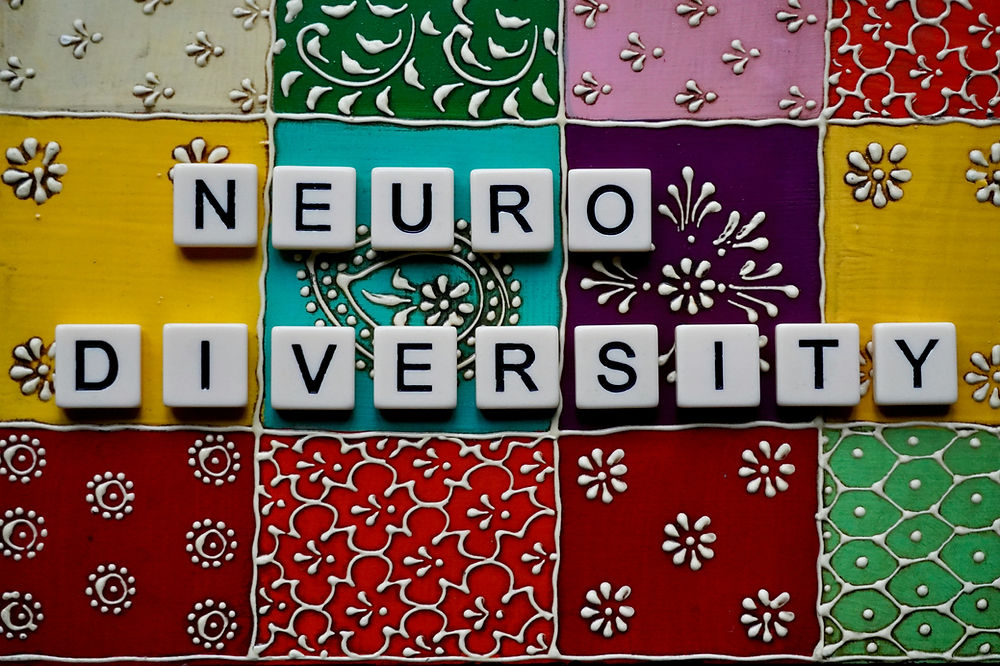top of page
The Bright Insight Blog
Search

Neurodiversity


The Neural Architecture of Transformation: Bridging Dąbrowski's Theory of Positive Disintegration and Hyperneuroplasticity
Dąbrowski’s Theory of Positive Disintegration anticipated what neuroscience now begins to affirm: certain nervous systems are built for transformation. Hyperneuroplasticity may provide the biological foundation for developmental potential, with the third factor as its governing mechanism and multilevelness as its structural expression.

Dr. Patty Gently
Oct 249 min read


Exploring an Integrative Neuromodulatory Framework: The Possibility of Paired VNS, SSP, and EMDR for Tinnitus and PTSD
What if the future of trauma and sensory regulation lay not in isolated interventions but in a unified neuromodulatory framework that integrates Paired Vagus Nerve Stimulation (VNS), the Safe and Sound Protocol (SSP), and even the principles of Eye Movement Desensitization and Reprocessing (EMDR)? Each of these modalities engages overlapping systems of neuroplasticity, autonomic regulation, and associative reconsolidation.

Dr. Patty Gently
Oct 138 min read


Paraneoplastic Disorders as an Edge Case for Hyperneuroplastic Systems
A striking medical parallel that illustrates this duality at an extreme of HNP is found in paraneoplastic disorders. I am actively collecting data on possible correlations between HNP neurodivergence and paraneoplastic disorders, an exploratory effort that remains preliminary but helps inform why I am attentive to this edge case.

Dr. Patty Gently
Sep 303 min read


AuDHD and Bipolar Disorder: Comorbidity and Misdiagnosis
For many years, AuDHDers may have been misidentified as having bipolar disorder, meaning that studies of bipolar populations could actually be describing this experience. This raises critical questions about how much of the literature reflects autistic and dynamically attentive lived realities rather than distinct mood disorder trajectories.

Dr. Patty Gently
Sep 278 min read


Does the Label of Giftedness Matter? Yes, More Than You Might Expect
Looking across the lifespan, hyperneuroplasticity emerges as a systemic orientation that permeates every stage of development, rather than a temporary trait to be gained or lost.

Youssef Sleiman
Sep 269 min read


Hyperneuroplasticity Across the Lifespan
Looking across the lifespan, hyperneuroplasticity emerges as a systemic orientation that permeates every stage of development, rather than a temporary trait to be gained or lost.

Dr. Patty Gently
Sep 148 min read


Neuroplasticity and Hyperplasticity vs. Hyperneuroplasticity
...HNP provides a useful umbrella for grouping certain forms of neurodivergence. Profiles such as autism, ADHD, giftedness, and trauma-shaped neurodivergence often share systemic hyperresponsiveness: accelerated learning, fluid identity shifts, sensory amplification, and greater susceptibility to both brilliance and destabilization. Seen through the lens of hyperneuroplasticity, these are all variations of a shared underlying orientation toward intensified plastic responsiven

Dr. Patty Gently
Sep 132 min read


Toward a Dynamical Systems Approach to Treating Functional Neurological Disorder
Treatment thus becomes a collaborative effort to gently nudge trajectories toward integration, coherence, and functional adaptability, while honoring the complexity of FND and providing practical avenues for change.

Dr. Patty Gently
Sep 127 min read


Hyperneuroplasticity, Nitric Oxide, and Dynamic Brain-Body States
Bringing all these seemingly random threads of dynamic brain states, nitric oxide, and neurodivergence together highlights how hyperneuroplasticity involves the intimate coupling of brain and body.

Dr. Patty Gently
Sep 129 min read


The Hyperneuroplastic Octopus: Master of Neural Adaptation
For humans navigating giftedness, neurodivergence, or trauma recovery, the octopus serves as both metaphor and scientific model. It reminds us of our capacity for deep, systemic change and calls us to radically accept a fluidity that can be both barrier and brilliance.

Dr. Patty Gently
Sep 118 min read


Hyperplasticity and the Double‑Edged Power of Excessive Adaptability... a means of further understanding hyperneuroplasticity
...hyperplasticity is a way of being that carries extraordinary creativity and real vulnerability, requiring balance and understanding rather than cure. It also illustrates a broader principle that runs through the entire conversation: adaptation must be balanced with stability.

Dr. Patty Gently
Sep 87 min read


Hyperneuroplasticity and Epigenetics: Expression Beyond the Genome
Framing hyperneuroplasticity through epigenetics grounds this construct in biology and emphasizes both its risks and its extraordinary potential.

Dr. Patty Gently
Sep 18 min read


Hyperneuroplasticity in Action: DecodeME as Case Study
The DecodeME study marks a turning point. It acts as a compass pointing us to a terrain where ME/CFS is genetic, biological, and systemic, rather than irrational or hyperbolic. Hyperneuroplasticity tells us that this terrain is shared with those navigating MCAS, EDS, autism, ADHD, trauma, giftedness, and beyond.

Dr. Patty Gently
Aug 288 min read


The Shared Terrain of Hyperneuroplasticity, the Blood-Brain Barrier, and Functional Neurological Disorder (HNP, BBB, EDS, MCAS, POTS, and FND? WTF!!??)
Taken together, hyperneuroplasticity, the blood–brain barrier, EDS, MCAS, dysautonomia, and FND form a constellation of overlapping expressions of a body and brain that are open, sensitive, and dynamic. This reframing points toward interventions that aim to stabilize barriers, modulate immune activity, regulate autonomic flow, and most importantly, harness hyperneuroplasticity constructively through learning, creativity, and self-directed adaptation.

Dr. Patty Gently
Aug 279 min read


Stress, the Amygdala, and Hyperneuroplasticity
a hyperneuroplastic brain is like a high-speed recorder. It takes a snapshot of stressful or threatening experiences and plays them back on repeat, long after the danger is gone. That rapid wiring can be life-saving in moments of real threat, yet it also explains why stress can leave such deep grooves, making it harder to shake habits of fear, vigilance, or avoidance once they’ve been learned.

Dr. Patty Gently
Aug 186 min read


Monotropism and Hyperneuroplasticity
Taken together, this lens shows that depth, adaptability, and vulnerability are not separate traits but interconnected expressions of the same neural architecture. Monotropism sets the direction of attention, and hyperneuroplasticity may help explain the magnitude and persistence of its impact.

Dr. Patty Gently
Aug 1610 min read


Hyperneuroplasticity, Dissociation, and Tinnitus. Oh My.
Among hyperneuroplastic individuals, those who rarely or never dissociate seem more likely to develop tinnitus, possibly because their auditory systems remain in continuous engagement.

Dr. Patty Gently
Aug 119 min read


The Complex Role of Histamine in the Hyperneuroplastic System (Beyond Allergies and Into the Systemic Web)
Elevated central histamine may also intensify sensory reactivity and lower stress tolerance, particularly in hyperneuroplastic individuals.

Dr. Patty Gently
Aug 912 min read


Hyperneuroplasticity as the Umbrella Neurodivergence for Deep Neural Adaptation
For years, we've been handed diagnostic fragments. Each label attempts to describe a set of traits, challenges, or neurological styles. Yet beneath the variation, there is a shared thread running through many of these lived experiences, one that rarely gets named directly: a nervous system that adapts quickly, deeply, and often at great cost.

Dr. Patty Gently
Jul 89 min read


Galvanic Systems: A Deeper Dive into the Metaphor, with Help from a Marine Engineer
And like ships designed for long, demanding journeys, galvanic individuals need regular maintenance, conscious design, and systems that help them stay afloat, without corroding in silence, sinking into hidden spaces, or wrecking against unattended shores.

Dr. Patty Gently
Jul 86 min read
bottom of page

